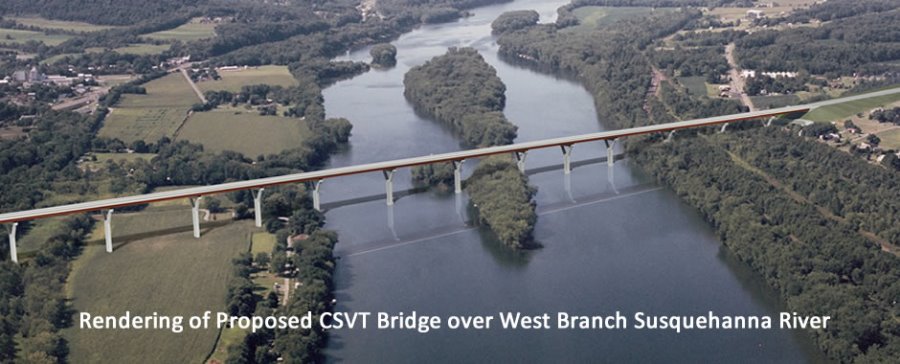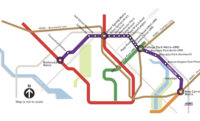Pennsylvania's governor and legislative leaders have agreed on a temporary budget strategy that will allow the Pennsylvania Dept. of Transportation to continue with hundreds of road and bridge projects through February. While the move also eliminates the need to borrow up to $600 million to keep the agency afloat, new projects are on hold until a longer-term strategy is worked out.
“As a stopgap measure, the governor has directed PennDOT to anticipate pending and expected reimbursements to cover current construction and design expenses in the short term,” a PennDOT spokeswoman said in a statement. “This is not a long-term solution, as those reimbursements ultimately require matching state revenues to sustain, but all current sources are dedicated for other coming expenditures that must be reconciled as part of a true fix.”
[For ENR’s latest coverage of the impacts of the COVID-19 pandemic, click here]
State Transportation Secretary Yassmin Gramian told state legislators on Nov. 23 that while fuel tax receipts had rebounded somewhat since the early stages of the pandemic when traffic volume on the state’s highways plummeted, PennDOT still faces a gap of at least $500 million.
A three-week suspension of all but emergency highway and bridge work, part of a March shutdown of non-essential government offices, increased costs by approximately 2%, Gramian said.
Some legislators criticized PennDOT for its eleventh-hour appeal for help, but Gramian said the agency had reallocated existing funds throughout the year. The reallocations were made to cover costs in anticipation of receiving some form of federal assistance to mitigate the pandemic’s sustained effects on the agency's strained budget. Waning prospects for any stimulus funding from Congress in the near future have left few options for managing the cash flow crunch, Gramian said, other than suspending design and construction work until next July, when a new fiscal year begins, and laying off several thousand employees.
Gramian also estimated that interest costs for borrowing funds to keep projects going would cost less than contractually stipulated penalties for delays.
As with other transportation agencies, PennDOT has been challenged to balance its diminishing fuel tax revenue with transportation infrastructure needs, reducing its maintenance budget by $300 million during the past five years. The agency announced this summer that another $600 million will be trimmed from road and bridge work over the next two years as a result of pandemic-related revenue projections.
Earlier in November, PennDOT announced a program that would use public-private partnerships to design, build operate and maintain selected bridges around the state under 20- to 30-year concession agreements. Electronic tolling on the completed structures would pay for the improvements, with any excess revenue applied to other road and bridge projects in the surrounding area.
This story was updated with new information on Dec. 2.





